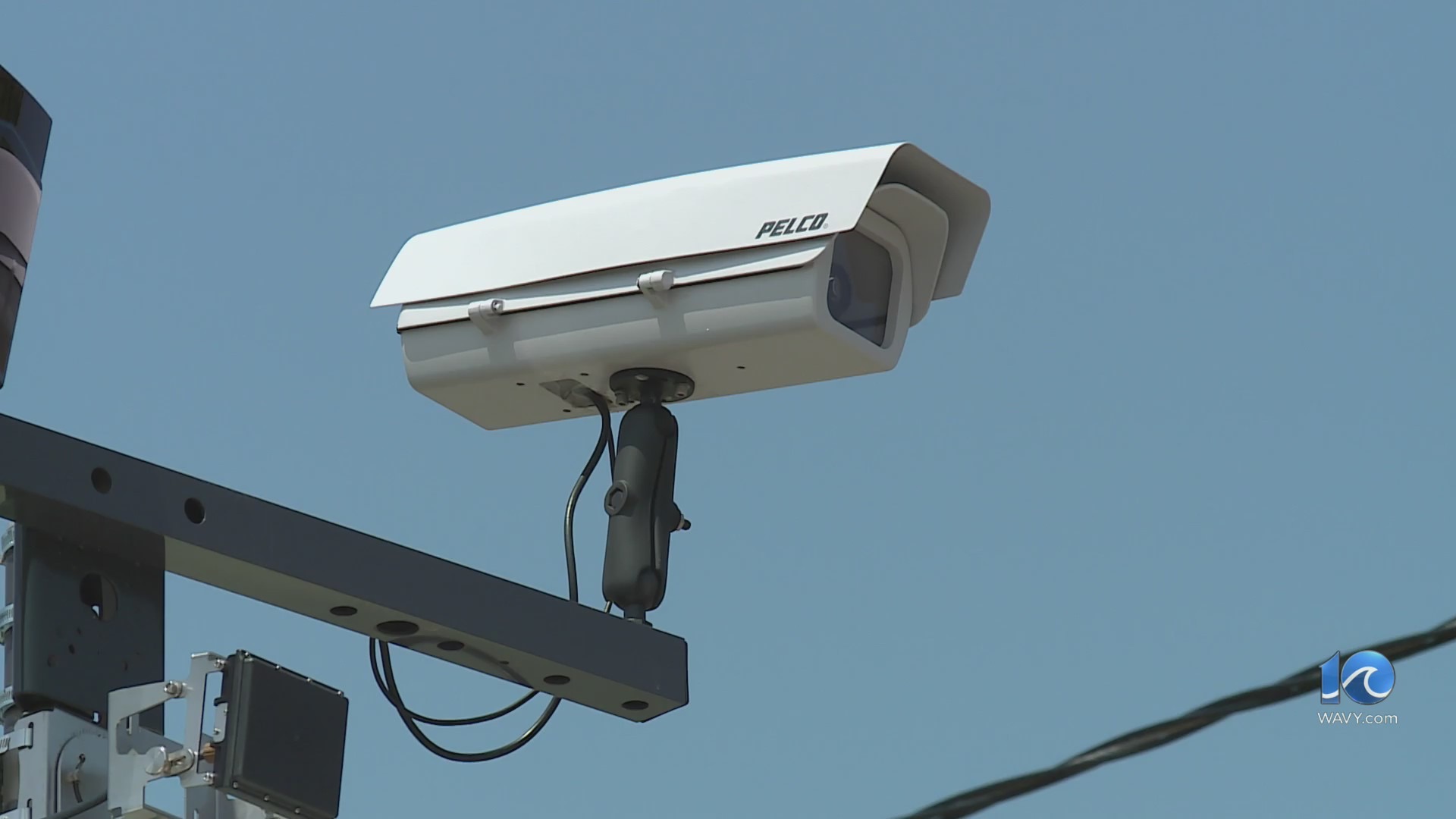President Donald Trump signed an executive order Thursday placing tariffs on many U.S. trade partners — the next step in his trade agenda that will test the global economy and alliances. They are set to go into effect in seven days, and not the Friday deadline that the president initially set.
The extension reflects the government’s need for more time to harmonize the tariff rates, according to a senior official who spoke to reporters on condition of anonymity. The order applies to 68 countries and the 27-member European Union. Nations not listed in the order would face a baseline 10% tariff.
Here’s the Latest:
Questions swirl around the tariffs despite Trump’s eagerness
As the clock ticked toward Trump’s self-imposed deadline, few things seemed to be settled other than the president’s determination to levy the taxes he has talked about for decades.
The very legality of the tariffs remains an open question as a U.S. appeals court on Thursday heard arguments on whether Trump had exceeded his authority by declaring an “emergency” under a 1977 law to charge the tariffs, allowing him to avoid congressional approval. Attorney General Dan Rayfield of Oregon, one of the states that filed suit, asserted that the judges “didn’t buy’’ the Trump administration’s arguments.
He said Trump’s tariffs — which are paid by importers in the United States who often try to pass along the higher costs to their customers — amount to one of the largest tax increases in American history, “done all by one human being sitting in the Oval Office.”
Dozens of countries with no deals face new tariffs as trade deadline looms
Some of the United States’ biggest trading partners have reached agreements, or at least the outlines of one, including the European Union, the United Kingdom, and Japan. Even so, those countries face much higher tariffs than were in effect before Trump took office.
Other large trading partners — most notably China and Mexico — received an extension to keep negotiating, but they will likely end up paying more.
Trump orders a 35% tariff for goods from Canada, asserting a lack of cooperation on illicit drugs
Trump has raised the tariff rate on U.S. imports from Canada to 35% from 25%, effective Friday. The announcement from the White House late Thursday said Canada had failed to “do more to arrest, seize, detain or otherwise intercept … traffickers, criminals at large, and illicit drugs.”
A small amount of fentanyl is smuggled into the U.S. from Canada, much less than through other routes. U.S. customs agents seized 43 pounds (19.5 kilograms) of fentanyl at the Canadian border during the last fiscal year, compared with 21,100 pounds (9,570 kilograms) at the Mexican border.
The new tariffs build off ones announced in the spring
Trump initially imposed the Friday deadline after his previous “Liberation Day” tariffs in April resulted in a stock market panic. His unusually high tariff rates then led to recession fears, prompting Trump to impose a 90-day negotiating period. When he was unable to create enough trade deals with other countries, he extended the timeline and sent out letters to world leaders that simply listed rates, prompting a slew of hasty agreements.
Swiss imports will now be taxed at a higher rate, 39%, than the 31% Trump threatened in April, while Liechtenstein saw its rate slashed from 37% to 15%. Countries not listed in the Thursday night order would be charged a baseline 10% tariff.
Trump negotiated trade frameworks over the past few weeks with the EU, Japan, South Korea, Indonesia and the Philippines, claiming victories as other nations sought to limit his threat of charging even higher tariff rates.
Which countries have a trade agreement?
In a flurry of last-minute deal-making, Trump announced several agreements that were short on details.
On Thursday, the U.S. and Pakistan reached a trade agreement expected to allow Washington to help develop Pakistan’s largely untapped oil reserves and lower tariffs for the South Asian country.
And on Wednesday, Trump announced a deal with South Korea that would impose 15% tariffs on goods from that country. That is below the 25% duties that Trump threatened in April.
Agreements have also been reached with the European Union, Pakistan, Indonesia, Vietnam, the Philippines, and the United Kingdom. The agreement with the Philippines barely reduced the tariff it will pay, from 20% to 19%.
Will this next Aug. 7 deadline hold?
Trump’s original April 2 “Liberation Day” announcement threatened to impose import taxes of up to 50% on nearly 60 countries and economies, including the 27-nation European Union. Those duties, originally scheduled for April 9, were then postponed twice, first to July 9 and then Aug. 1.
On Wednesday, Trump said on his social media platform Truth Social, “THE AUGUST FIRST DEADLINE IS THE AUGUST FIRST DEADLINE — IT STANDS STRONG, AND WILL NOT BE EXTENDED.”
Thursday afternoon, White House representatives — and Trump himself — were still insisting that no more delays were possible. But when Trump signed the order Thursday night imposing new tariffs on 68 countries and the European Union, the start date of the punishing import taxes was pushed back seven days so that the tariff schedule could be updated.
The change — while potentially welcome news to countries that had not yet reached a deal with the U.S. — injected a new dose of uncertainty for consumers and businesses still wondering what’s going to happen and when.
Dozens of countries with no deals face new tariffs as trade deadline looms
Numerous countries around the world now face the prospect of new tariffs on their exports to the United States on Aug. 7, a potential blow to the global economy, because they haven’t yet reached a trade deal with the Trump administration.
Trump intends the duties to bring back manufacturing to the United States, while also forcing other countries to reduce their trade barriers to U.S. exports. Trump argues that foreign exporters will pay the cost of the tariffs, but so far economists have found that most are being paid by U.S. companies. And measures of U.S. inflation have started to tick higher as prices of imported goods, such as furniture, appliances, and toys rise.
Countries without an agreement face duties ranging between 10% and 40%, according to Trump’s executive order signed on Thursday. That includes large economies such as Taiwan and India, as well as many smaller countries like South Africa, Sri Lanka, Bangladesh, and even tiny Lesotho.
▶ Read more about the countries facing new tariffs and a new deadline
Trump injects new dose of uncertainty in tariffs as he pushes start date back to Aug. 7
Trump has been promising the world economy would change on Friday with his new tariffs in place.
But when Trump signed the order Thursday night imposing new tariffs, the start date of the punishing import taxes was pushed back seven days so that the tariff schedule could be updated. The change injected a new dose of uncertainty for consumers and businesses still wondering what’s going to happen and when.
Trump has promised that his tax hikes on the nearly $3 trillion in goods imported to the U.S. will usher in newfound wealth, launch a cavalcade of new factory jobs, reduce the budget deficits and, simply, get other countries to treat America with more respect.
The vast tariffs risk jeopardizing America’s global standing as allies feel forced into unfriendly deals. As taxes on the raw materials used by U.S. factories and basic goods, the tariffs also threaten to create new inflationary pressures and hamper economic growth — concerns the Trump White House has dismissed.
▶ Read more about the delay in the tariff start date
Trump’s new tariffs give some countries a break, while shares and US dollar sink
Trump’s new tariff rates of up to 41% on U.S. imports from dozens of countries drew expressions of relief Friday from some countries that negotiated a deal or managed to whittle them down from rates announced in April. Others expressed disappointment or frustration over running out of time after hitting Trump’s Aug. 1 deadline for striking deals with America’s trading partners.
The new rates are due to take effect on Aug. 7, but uncertainty over what Trump might do next remains. The way ahead for China, which runs the largest trade surplus with the U.S., is unclear after talks earlier this week in Stockholm produced no deal. Trump has yet to say if he’ll extend an Aug. 12 pause on painfully high import duties on Chinese products.
Initial reaction from financial markets was muted. Benchmarks fell in Asia, with South Korea’s Kospi dropping nearly 4% after the tariff rate for the U.S. ally was set at 15%. The U.S. dollar weakened against the Japanese yen, trading at more than 150 yen per dollar.
▶ Read more about the impact of Trump’s new tariffs
‘These are dark days,’ Biden warns in blistering speech about Trump
Former President Joe Biden also accused the Trump administration administration of “doing its best to dismantle the Constitution” with the help of the Republican-controlled Congress and the Supreme Court.
“Our future is literally on the line,” Biden said in the speech to a National Bar Association convention in Chicago on the the 100th anniversary of the organization, which was founded to support Black lawyers at a time when they were excluded from the legal profession.
Biden celebrated the diversity of his judicial appointments and recounted his work on civil rights throughout a five-decade political career before turning to Trump.
“In our lives, the life of our nation, there are moments so stark that they divide all that came before from everything that follows,” Biden said. “Moments that force us to confront hard truths about ourselves, our institutions and democracy itself. We are, in my view, at such a moment in American history.”






